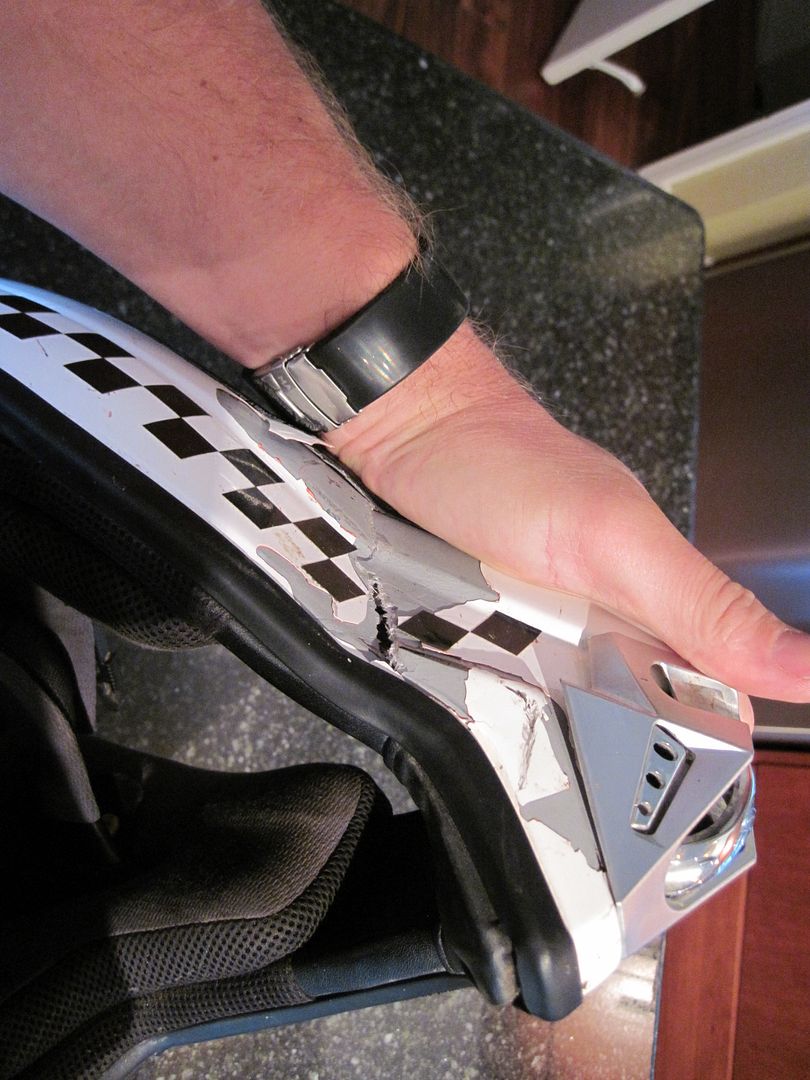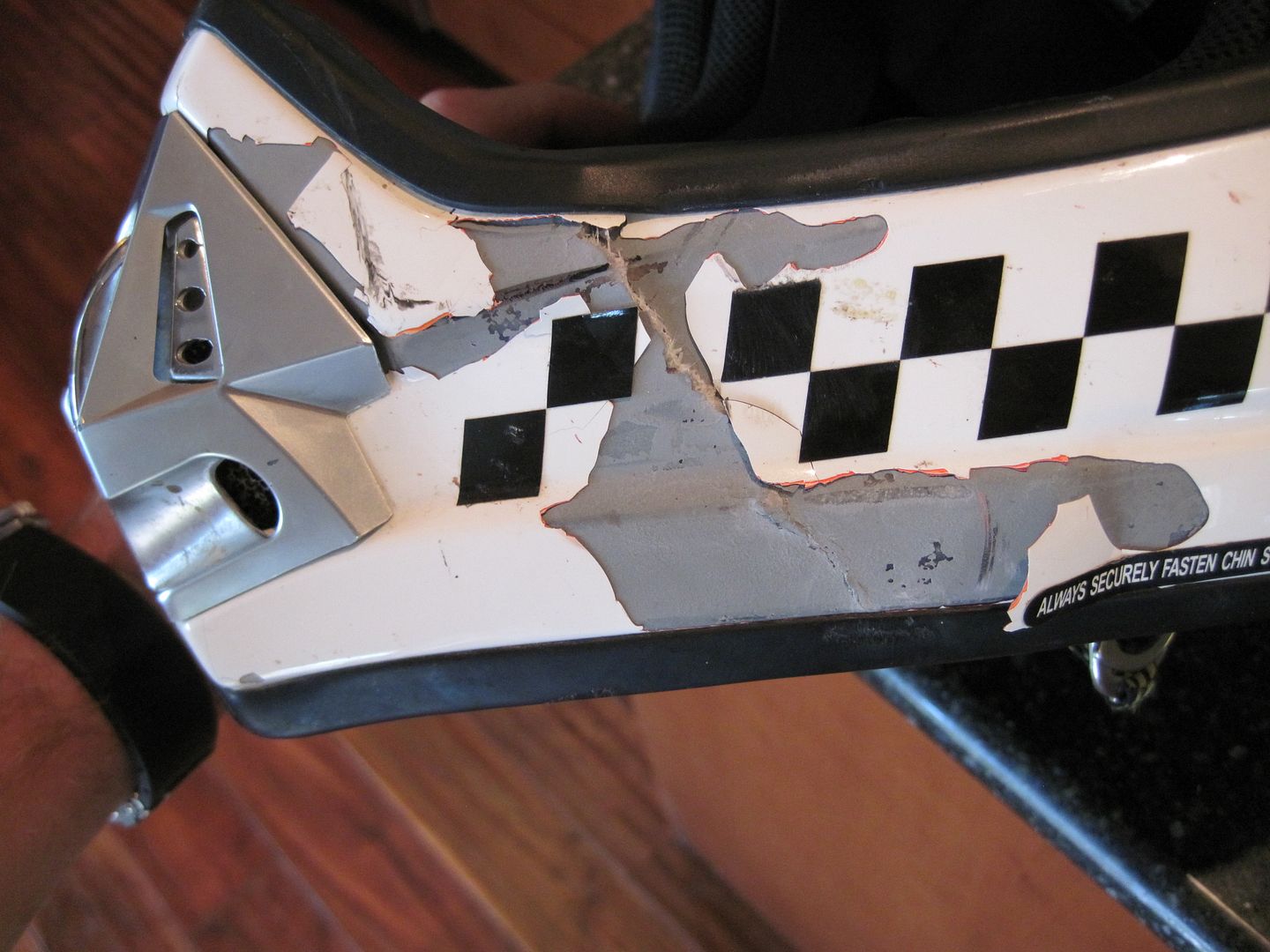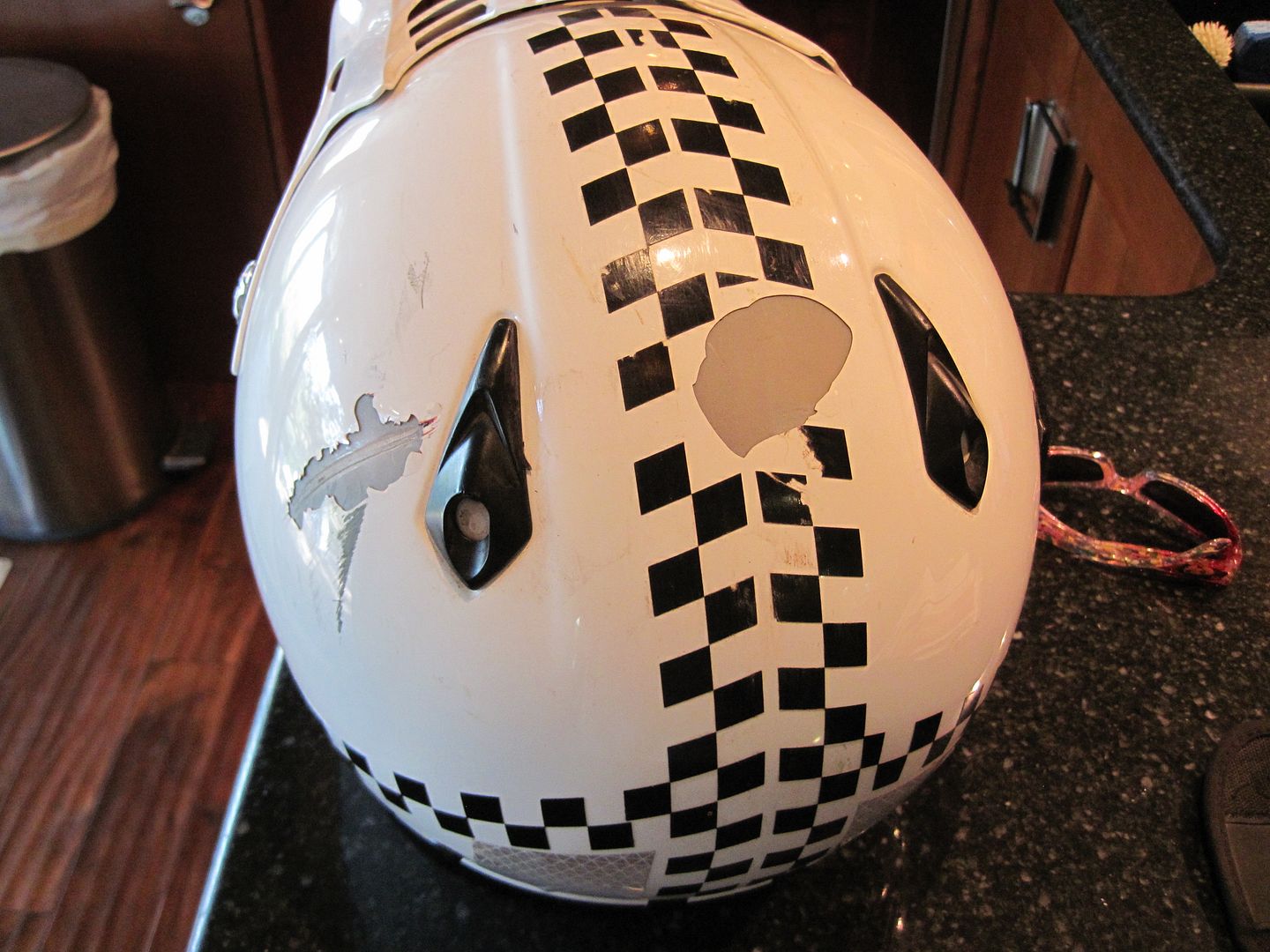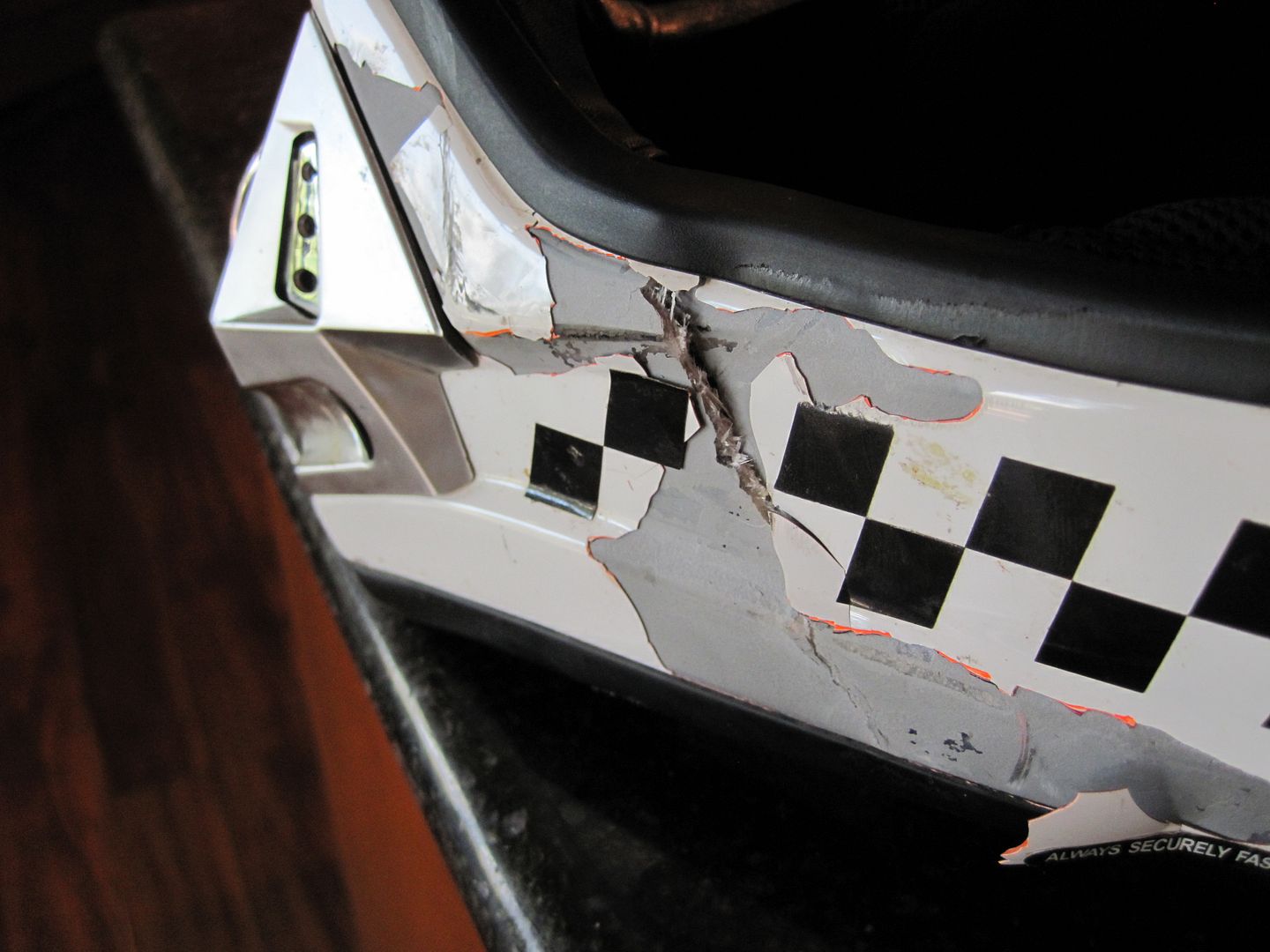danbartol
Husqvarna
AA Class
FROM spark generated RFI to your bike electronic/electric components!
The coil generates a certain amount of energy. This energy wants to go somewhere. At a voltage of about 7KV the plug fires (irrespective of resistance). Until that happens NO CURRENT FLOWS. Whether you have resistance or not does not matter. A paltry 5KOhms does not do anything when compared to the nearly infinite resistance of the gap itself (until the plug fires that is).
Once the plug fires the resistance comes into being. The coil cannot get rid of its energy in the shortest possible time due to the resistance.
This reduces current flow in the spark and it takes quite a bit longer until the energy in the coil has expelled itself via resistor and spark gap. This results in a longer spark. However the spark is weaker due to energy loss in the resistor.
This is an EFI bike so the following issues are of concern:
The Effect of Electrical Backlash on Ignition Components:
On some offroad vehicles, resistive secondary components of a slightly different specification are present to reduce the electrical backlash that spark creates in the coil’s primary winding. This unwanted electrical feedback is harmful to the parts that drive the ignition system, particularly the ignition control modules (CDI boxes, igniters). Motocross bikes use resistive secondaries to protect the CDI boxes.
The Effect of RFI on Ignition Components
Third, also on offroad vehicles, resistive technology is used to reduce RFI-related malfunctions of ignition control modules that are close enough to the ignition coil to be subject to these strong, nearby radio waves. The CDI boxes or igniters on these machines are mounted close to the ignition coils, and therefore need RFI protection. Personal watercraft in particular, but also offroad motorcycles and ATVs, employ resistor technology to cope with this proximity RFI issue.
The Effect of Both Backlash and RFI on Onboard Microprocessors
Finally, any vehicle that has an onboard computer, no matter how basic, makes use of resistive ignition secondaries to ensure the protection of that computer and its many sensors from both RFI and electrical backfeed problems. Thus virtually all modern road bikes and every other powersports vehicle, whether or not it is fuel-injected, which has some form of computerized engine management system, therefore has resistors in its ignition system to protect these computers and related components.
http://www.motorcycleproject.com/motorcycle/text/plugwiretech.html
The coil generates a certain amount of energy. This energy wants to go somewhere. At a voltage of about 7KV the plug fires (irrespective of resistance). Until that happens NO CURRENT FLOWS. Whether you have resistance or not does not matter. A paltry 5KOhms does not do anything when compared to the nearly infinite resistance of the gap itself (until the plug fires that is).
Once the plug fires the resistance comes into being. The coil cannot get rid of its energy in the shortest possible time due to the resistance.
This reduces current flow in the spark and it takes quite a bit longer until the energy in the coil has expelled itself via resistor and spark gap. This results in a longer spark. However the spark is weaker due to energy loss in the resistor.
This is an EFI bike so the following issues are of concern:
The Effect of Electrical Backlash on Ignition Components:
On some offroad vehicles, resistive secondary components of a slightly different specification are present to reduce the electrical backlash that spark creates in the coil’s primary winding. This unwanted electrical feedback is harmful to the parts that drive the ignition system, particularly the ignition control modules (CDI boxes, igniters). Motocross bikes use resistive secondaries to protect the CDI boxes.
The Effect of RFI on Ignition Components
Third, also on offroad vehicles, resistive technology is used to reduce RFI-related malfunctions of ignition control modules that are close enough to the ignition coil to be subject to these strong, nearby radio waves. The CDI boxes or igniters on these machines are mounted close to the ignition coils, and therefore need RFI protection. Personal watercraft in particular, but also offroad motorcycles and ATVs, employ resistor technology to cope with this proximity RFI issue.
The Effect of Both Backlash and RFI on Onboard Microprocessors
Finally, any vehicle that has an onboard computer, no matter how basic, makes use of resistive ignition secondaries to ensure the protection of that computer and its many sensors from both RFI and electrical backfeed problems. Thus virtually all modern road bikes and every other powersports vehicle, whether or not it is fuel-injected, which has some form of computerized engine management system, therefore has resistors in its ignition system to protect these computers and related components.
http://www.motorcycleproject.com/motorcycle/text/plugwiretech.html











